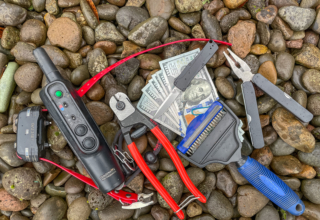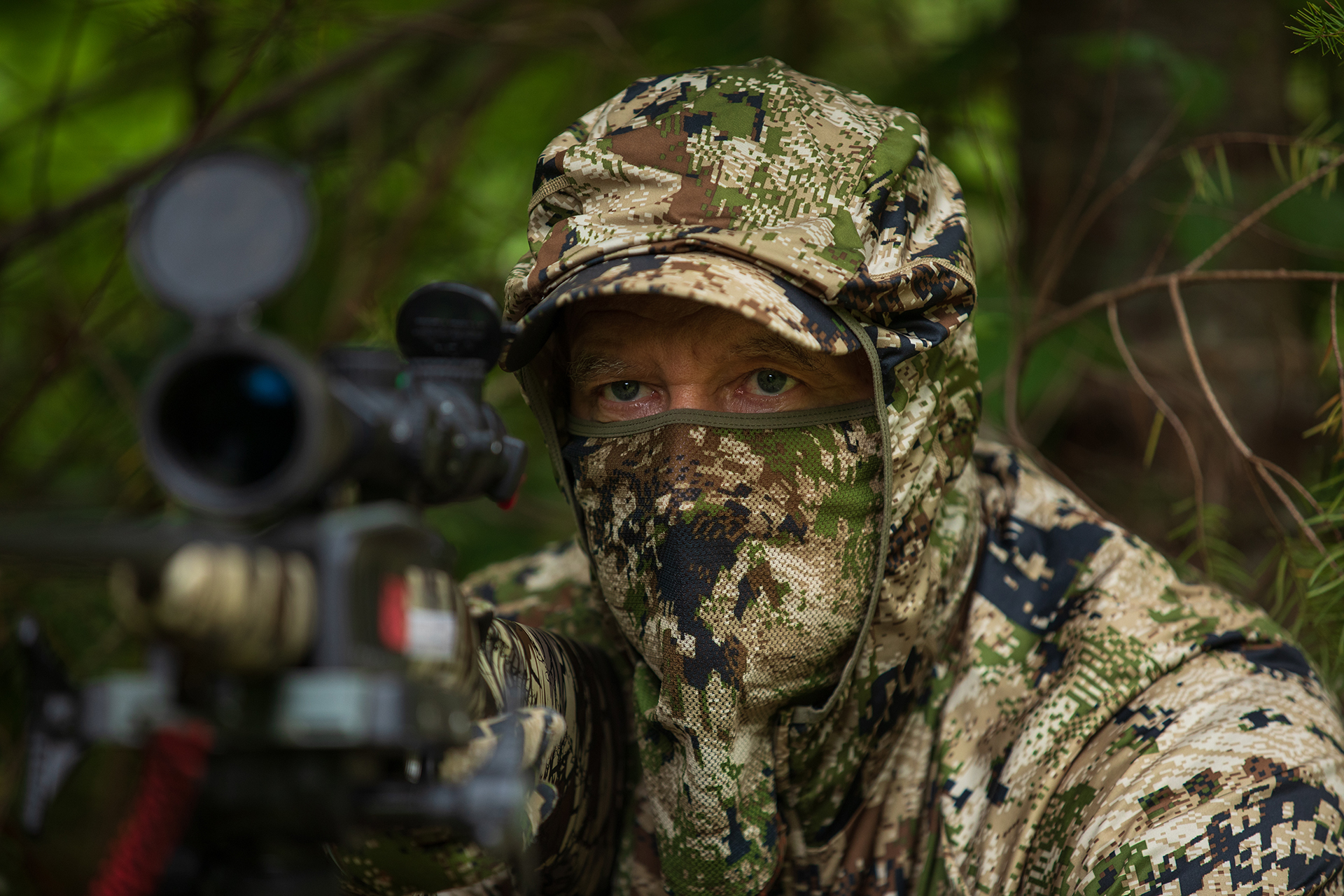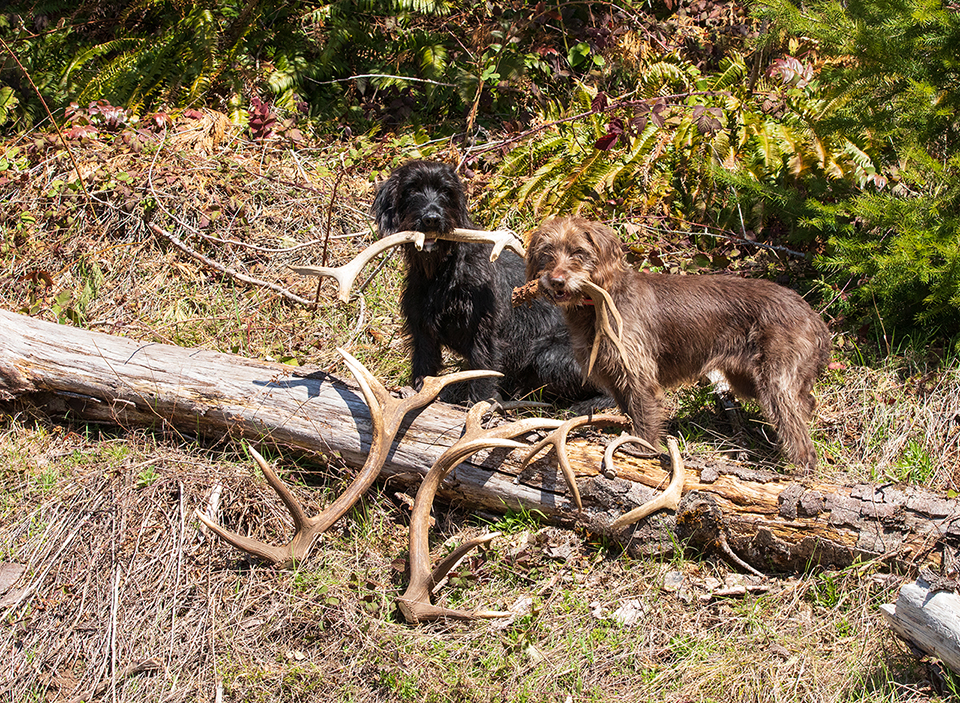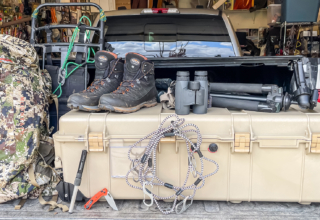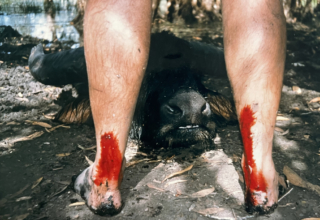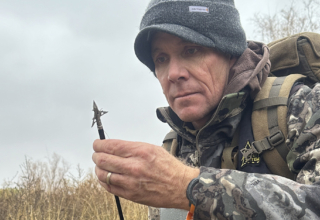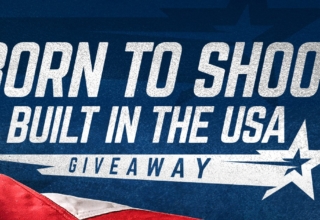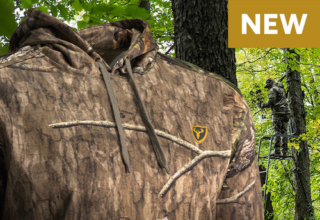The off-season isn’t a time to let your favorite hunting partner get fat and overweight. Instead, summer is the time for training and getting your dog(s) ready for the rigorous season that’s to come. Follow the to-come advice from one of the best in the business to ensure man’s best friend is ready to roll for fall.
by Scott Haugen
The dog days of summer are upon us, but that’s no excuse to let your hunting partner get overweight and out of shape. Summer dog training is critical; the key to success is developing and sticking to a disciplined workout schedule.
Train early in the morning and the evening when temperatures are cool. This might require getting up a couple of hours before work and staying out later than planned in the evenings. It might mean being late to a family barbecue, but those are the prices we pay when we become owners of hunting dogs.
The great thing about summer training sessions is they can be short. I prefer a focused, five-minute training session to a walk in the field chasing balls for half an hour.
My summer gun dog training involves getting up at 5:30 a.m. and letting my two dogs outside. We live in the country and have hundreds of acres out our back door. I let the dogs potty and sniff around 20 acres of fields. They like smelling what predators lurked in the night. Once they’re convinced there’s no fur to chase, I’ll wrangle them, give them a drink of water, and then it’s time to get to work.
I go into each morning training session with a plan, working on things I noticed needed attention last hunting season and throughout our spring work. Basic obedience and discipline are always the backbone of every training session. This time of year, I work with both dogs, Pudelpointers, simultaneously every morning. They train together because 90 percent of the time, they hunt together.
One simple two-dog drill is to have both dogs sit. I toss a bumper and have one dog retrieve it. Then it’s the other dog’s turn. Then I’ll throw two bumpers in opposite directions and simultaneously send both dogs for each bumper.
Sometimes I might toss three bumpers in different directions at various distances and have one dog fetch all three to hand while the other dog sits by my side, then repeat that with the other dog. If everything is crisp, that’s it. Five minutes and we’re done with that lesson. Always quit when the dogs want more. Never push them beyond where they lose interest. Otherwise, they disrespect you and lose focus, then we all fail.
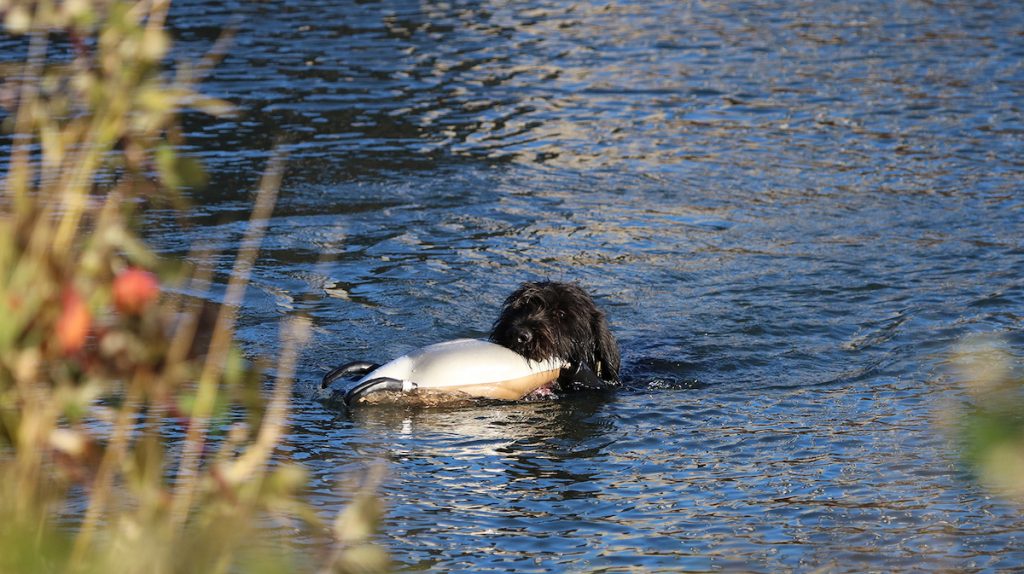
The following day I might do pile drills or ladder drills with bumpers. They don’t have to be long retrieves. I want my dogs’ efforts to be fast and focused in the summer.
Our evening training sessions are longer because temperatures are favorable, and there’s usually a breeze. This is when I’ll do wing work, hide frozen bird skins, and tuck deer and elk antlers in the grass for them to sniff out. I’ll also run dead ground squirrels on a drag and do the same with turkey wings and tails, all at different training times. Because they’re versatile gun dogs, and we do it all, I have a lot of training tools at my disposal, which is excellent for keeping the dogs from getting bored. I was a high school teacher and could tell bored students would not learn. They need challenged. Hunting dogs are no different.
During evening training drills, when using animals and animal parts, I set up the dogs to approach from the downwind side so they pick up scents. Set up the dogs so they succeed.
Echo, my female Pudelpointer, is always nose to the ground. She’s excellent at picking up tracks and following them, be it upland birds or squirrels. Kona, my male Pudelpointers, is tall and weighs 64 pounds, 20 more than Echo. He works into the wind with his head up, picking up the scent on wind currents from mind-boggling distances. I work to enhance their innate behaviors while building on what needs improvement.
I take my dogs hunting for invasive species two to three times a week in the summer. This is where they work on restraint, marking, retrieving, and anything else we’ve been working on during regimented training sessions. Sometimes both dogs go; sometimes, it’s one at a time, depending on my goals.

Starlings, Eurasian doves, ground squirrels, and nutria are some invasive species we hunt. Kona loves getting in ponds to retrieve nutria. His biggest tipped the scales to over 20 pounds. Echo loves marking birds, so she gets priority on Eurasian dove hunts. This summer, she started getting aggressive and mouthing birds when Kona was with us, so the last few times, it’s just been Echo and me so I could focus and fix her hard-mouth tendencies. It’s working.
My buddy got a Labrador retriever this past winter, and the pup is gun-shy. He asked for help. He held the puppy while I shot a BB gun, then a .22. The pup didn’t mind the BB gun, but it did not like the crack of the .22. My friend has a silencer on a .22 rifle, so we went to that. The pup did great using CCi Sub-Sonic .22 long rifle ammo, as the shots were quiet and not alarming. A few days later, we took the pup into a field and shot starlings with it. The dog got its first retrieves, and the rest is history. A month later, my buddy is shooting his 20 gauge around the pup, and it doesn’t have a care in the world; it just wants to retrieve.
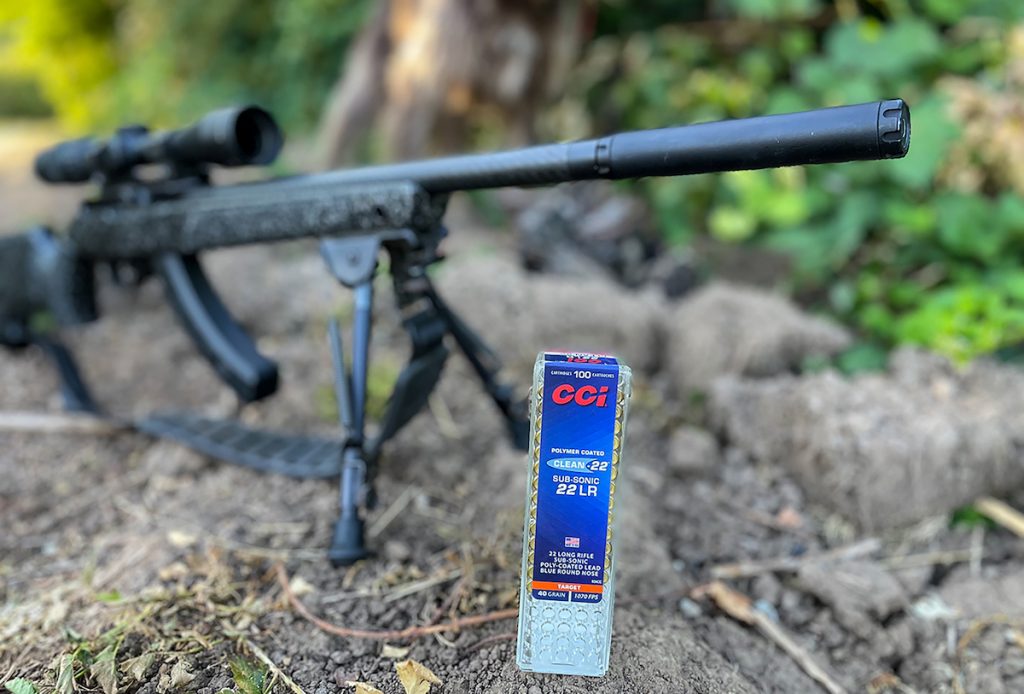
Earlier this month, I took my dogs in for their annual physical. Both dogs are in top shape, and Echo was four pounds lighter than last summer. “You know, you’ve added a good year, maybe two years, to her life,” my vet told me. He told me about all the overweight hunting dogs he sees and wished people understood how short their lives get cut when their dogs are overweight.
In addition to behavior-based drills in my summer hunting dog training, I condition my dogs. We live near a river, so I often swim them in the middle of the day, two to three times a week. Some of our water work is drill-focused, but primarily it’s about extended swimming time and keeping it fun. My wife often paddle-boards, and the dogs love to swim with her. Another option is hopping in a canoe or kayak and having dogs swim alongside. You can even go swimming in the lake with them. Swimming is low impact, dogs don’t overheat, and it’s an excellent way to keep dogs in shape during the summer, especially aging dogs that might experience joint pain from pounding hard ground.

This summer, I got a QuietKat electric bike, and it’s taken my dog training to the next level. Pudelpointers are narrow-waisted dogs with slender backends. Getting the proper training for their hind quarters to develop can be challenging. The first time I hopped on the QuietKat, the dogs ran nonstop beside me for over two miles. That was on flat ground. Two days later, we ran the hills.
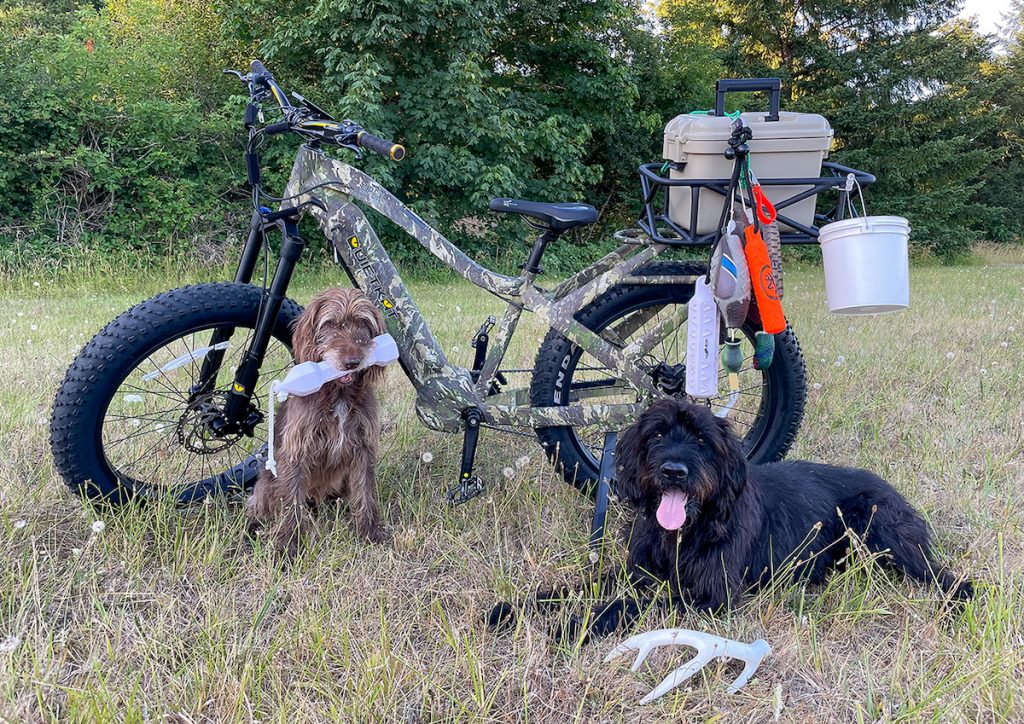
We live in the foothills of the Cascade Range, where there are quick climbs in elevation. I thought jogging and riding my mountain bike up and down these hills was doing some good for the dogs over the years. But once I started doing it with the QuietKat, I realized I’d not been pushing my dogs at all. This is an early morning or late-in-the-day summer workout because the dogs get hot, so be sure and have plenty of water. These hill runs have built noticeable muscle strength in both dogs, got their feet in top condition, and is what I credit for their weight loss. They will enter this hunting season in the best shape of their lives.
I also use QuietKat to set up long-range training drills. Drills that would take me 15 minutes to set are now done in two minutes. The best part is that my dogs aren’t bored waiting, and we get work done quickly and efficiently.
Speaking of efficiency, something that’s helped keep my summer dog training gear organized is the YETI LoadOut GoBox 60 Gear Case. I got the 30 Gear Case last hunting season and loved it, so I picked up the more extensive 60 to store dog gear in my truck. I love the durability of the GoBox and the fact I can store key pieces of training gear — including electronics — inside. Also, it doesn’t get covered in fine dust on the many logging roads we travel in summer. The GoBox keeps everything sealed tight, and the nonslip feet keep it from sliding in my truck. It’s easy to wash, maintain, and quickly repack.
Another gear storage box I’ve been thrilled with is Pelican’s BX80 Cargo Case. This is a deeper box that mounts to the inside of my truck bed, which is excellent on rough roads as it stays in place. It’s weather resistant, dustproof, and tough, and the latching system is rock solid.
If you’re like me and progressed from milk crates to store dog gear in, to plastic bins that always slide around in the truck and break, then just tossed it all loosely into the truck, investing in quality cargo cases is worth it as it protects valued gear and optimizes training time due to being organized. Plus, there are countless other uses for them.
When going camping or on extended road trips with the dogs, I’ll often put my bulkier waterfowl and shed antler training gear in the Pelican cargo case and bumpers, upland training gear, electronics, water, and dog bowls in the YETI GoBox.
Ah, water! YETI’s new 1.5 liter Yonder Water Bottle has been perfect for my summer training sessions. Water is one of the most important things to have with you, not only for your dog to drink, but to put on their belly, on the inside of the legs, and behind and on the ears to keep them cool. The new 1.5 liter Yonder bottle holds enough water for me to handle both dogs.
I’ve always been a fan of YETI’s Boomer Dog Bowls and have multiple ones. I’ve put some through the wringer, and they’ve always held up; even the rubber, nonslip gasket on the bottom has withstood countless poundings in gravel, rocks, dirt, and mud, and it still grips and won’t slide.

There are two other pieces of gear I’d like to share. One is Chêne Gear’s new Slough Boot. These are great for summer water work with pups, where you need to get in with them but don’t want to slip into hot, bulky waders, and the water is too deep for knee boots. In some of the shallow ponds and mountain streams where I do water work with my dogs this time of year, the Slough Boots have been perfect. As with all Chêne boots, they’re very comfortable, durable, and perfectly designed.
One of my most-used pieces of gear over the past decade, be it hunting, fishing, camping, or dog training, is a LoopRope. Think of a bungee on steroids or what a low-profile cargo net is supposed to do. With the LoopRope’s multiple loops, latch points, and specially designed dual-sided clips, you can quickly and easily tie down any piece of gear with a LoopRope. I’ve used them as leashes, draglines to secure equipment in the truck and the QuietKat.
I’ve also taken them worldwide on hunting and fishing trips. There’s a reason nearly 1 million of these have been sold, and it’s something hunters will appreciate and find a use for.
With several more weeks of hot weather, plan ahead to make the most of your dog training sessions. Be sure and check their feet and ears for grass seeds, and be aware of hyperthermia, which can be deadly this time of year. By physically and mentally challenging your dog and training efficiently, you’ll build valuable skills and give them a better, hopefully longer, quality of life.


